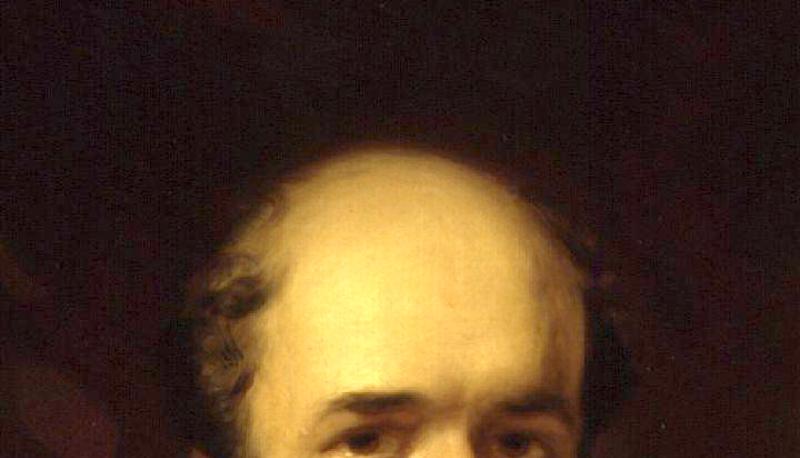Concetti Chiave
- "The Solitary Reaper" is a lyrical ballad by Wordsworth, showcasing human emotions through a simple metrical pattern.
- The poem depicts a highland lass singing a hauntingly beautiful song, captivating the poet despite his inability to understand its language.
- The girl's song is compared to the melodies of a Nightingale and Cuckoo-birds, emphasizing its enchanting quality.
- The poem is structured in four eight-line stanzas with a rhyme scheme of ABABCCDD, though the first and last stanzas have an imperfect "A" rhyme.
- Nature serves as a crucial backdrop, highlighting its role as a source of inspiration and connection to moral and spiritual values for Wordsworth.
Indice
Fascination with the solitary reaper
Together with “I wandered lonely as a cloud”, “The Solitary Reaper” is one of Wordsworth’s most famous poem. It is a lyrical ballad, a form of popular verse which contains a natural delineation of human passions and feelings and employs a simple metrical pattern.
The poet sees a highland lass (a girl who lives in highland) reaping and singing by herself in the fields. She is singing a gloomy song, but it fascinates the author so much that he even considers it sweeter than the one of a Nightingale and compares the girl’s voice to the one of the Cuckoo- birds, which break the silence of the seas. But, since the poet doesn’t know the dialect of the song, he cannot comprehend its meaning. Anyhow, he speculates that it may be about an unhappy memory, some battles fought long before, or about the common pain of everyday life. The song has such a great impression on the poet, that even when he mounts up the hill and cannot hear anymore the girl’s song, he still keeps it in his heart.
Structure and language of the poem
The poem is made up of four eight-line stanzas, written in iambic tetrameter. Each stanza follows the rhyme scheme of ABABCCDD, but in the first and the last stanza, the “A” rhyme is off.
The language used by the poet is simple, since there isn’t any artificial or poetic diction: it is natural and unforced.  The author uses the “simile” in the second stanza, where he compares the girl’s song to the one of a nightingale, and her voice to the one of the Cuckoo-birds.
The author uses the “simile” in the second stanza, where he compares the girl’s song to the one of a nightingale, and her voice to the one of the Cuckoo-birds.
Nature's role and the song's beauty
The poem’s structure is simple: in the first stanza, the author introduces us the rustic landscape in which the poem is set, as well as the highland lass, who’s the protagonist; in the second he flatters the girl’s song, by comparing it to the one of Nightingale and the Cuckoo-birds; in the third he wonders about the content of the song; and in the fourth he describes its effect on himself. The choice of a completely natural landscape as the setting of the poem makes us understand the importance nature had for the poet, He considered it as man’s source of inspiration and as the only way for him to come in contact with moral and spiritual values. Anyhow the poem is about the girl’s song. Even though the author cannot understand it because he doesn’t know its dialect, he appreciates its tone, its musicality and the mood that it creates inside himself. So, the poem ponders the limitation of language, but the author really wanted to praise the beauty of music. Additionally, the last two lines of the poem focus on the theme ,already used in “I wondered lonely as a cloud”, of memory and the beautiful effects they have on men.
Domande da interrogazione
- ¿Cuál es el tema principal del poema "The Solitary Reaper"?
- ¿Cómo describe Wordsworth la canción de la joven en el poema?
- ¿Qué estructura métrica sigue el poema "The Solitary Reaper"?
- ¿Qué importancia tiene la naturaleza en el poema según Wordsworth?
El tema principal del poema es la belleza de la música y su impacto emocional, incluso cuando el significado de las palabras no se comprende.
Wordsworth describe la canción de la joven como más dulce que la de un ruiseñor y compara su voz con la de los cucos, destacando su musicalidad y el efecto que tiene en él.
El poema está compuesto por cuatro estrofas de ocho versos, escritas en tetrámetro yámbico, con un esquema de rima ABABCCDD, aunque la rima "A" es imperfecta en la primera y última estrofa.
La naturaleza es fundamental en el poema, ya que Wordsworth la considera una fuente de inspiración y un medio para conectar con valores morales y espirituales.






 Accedi a tutti gli appunti
Accedi a tutti gli appunti
 Tutor AI: studia meglio e in meno tempo
Tutor AI: studia meglio e in meno tempo